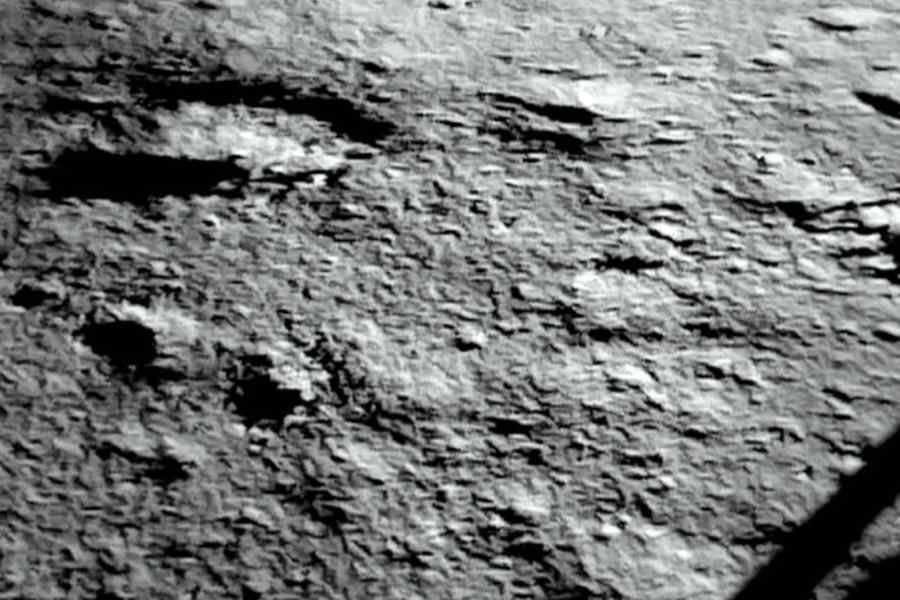‘Misleading, brimming with errors’: Spotlight on NCERT’s Chandrayaan modules


A nationwide science and education network on Monday asked the central school curriculum board, NCERT, to recall its special modules on India’s lunar mission saying they are brimming with errors and pseudoscience and make misleading claims before students.
The All India People’s Science Network (AIPSN), a consortium of 40 organisations from 25 states, has also expressed concern that the modules are so poorly written that, besides conveying incorrect information to students, they could drive students away from “this exciting field”.
The National Council of Educational Research and Training had last month released online modules on the Chandrayaan-3 mission and related topics in English and Hindi as supplementary reading material for all levels of students — kindergarten to higher secondary.
The Union education ministry had last week said the NCERT modules had been “thoughtfully designed to be interactive and engaging”.
Explaining references in the modules to mythology, the ministry had said that “mythology and philosophy put forward ideas and ideas lead to innovation and research”.
The AIPSN, in a statement released on Monday, said all rationally minded citizens should summarily reject this shoddily prepared material that contains many scientific and technical errors. The AIPSN, established in 1988, campaigns for scientific temper and literacy.
A module for students of Classes IX and X, for instance, contains the following text: “The moon is the brightest and largest heavenly body in our night sky. There are many benefits Earth gets from the moon… it (the moon) creates tides and protects Earth from solar winds, ideal for studying the universe.”
The AIPSN has described the text as misleading and inaccurate. The moon only appears to be the largest heavenly body because of its proximity to Earth.
“The moon protecting the Earth from solar wind is inaccurate and the second part of the sentence — ideal for studying the universe — does not have any connection to the first and is meaningless here,” the AIPSN said.
The same module also says that one of the Chandrayaan missions had discovered “an ice sheet” in a lunar crater.
This is a “total mischaracterisation” of the actual discovery of signatures of water molecules, the AIPSN said. An ice sheet refers to a thick layer of ice and the amount of water in lunar craters is too small to form ice sheets.
“Clearly, the text has been written by people with no clue whatsoever on how to write for schoolchildren,” said Aniket Sule, associate professor at the Homi Bhabha Centre for Science Education, Mumbai, and president of the International Olympiad in Astronomy and Astrophysics, who helped the AIPSN draft the response to the NCERT modules.
The NCERT module for students of Classes VI to VIII contains text saying ancient India had the knowledge of flying vehicles and that the Vedas mention flying vehicles called vimanas that travelled effortlessly in space without any noise.
The AIPSN has said that ancient Indian references to flying vehicles were poetic creations — products of the human imagination — and that several other ancient cultures around the world too have literary references to flight in the sky.
The module also claims that such ancient literary inputs gave India an advantage in understanding the significance of space science.
The AIPSN has said the vision of the founders of India’s space programme, such as Vikram Sarabhai and others, was not the product of such poetic inputs. “Claiming so would be an insult to the legacy of Sarabhai and... many contemporary scientists.”
Astronomers and scientists say the modules are also riddled with language errors that can mislead students.
A module for Classes XI and XII does, at one point, ask students to “write a story about what you think who would be found on the moon”.
The AIPSN statement’s retort: “Who would be found on the moon? Did we leave anyone there by mistake?... Perhaps the authors imply ‘what’.”
The Central Board of Secondary Education, to which over 28,000 schools countrywide are affiliated, and 15 state boards have adopted the NCERT syllabus.